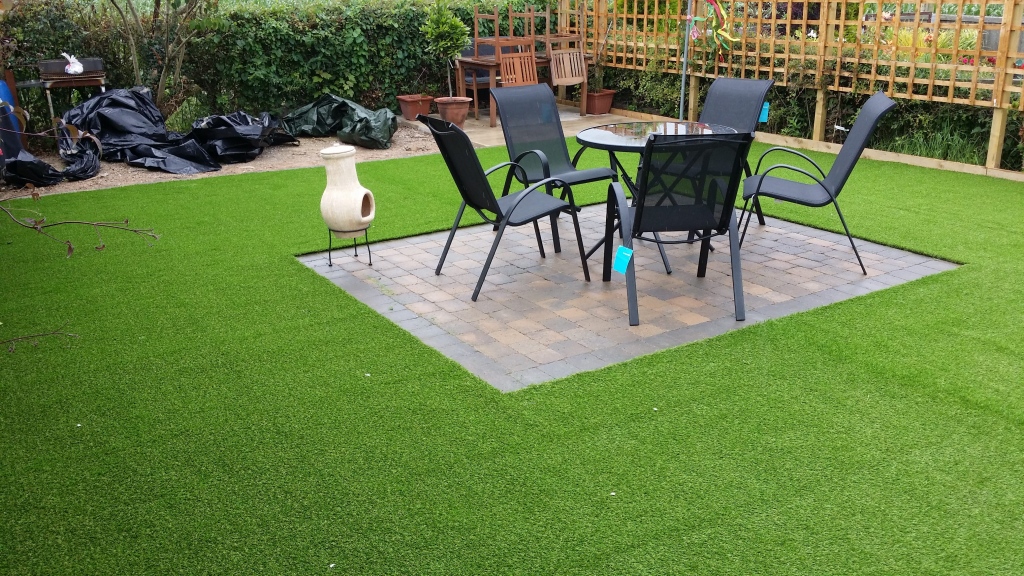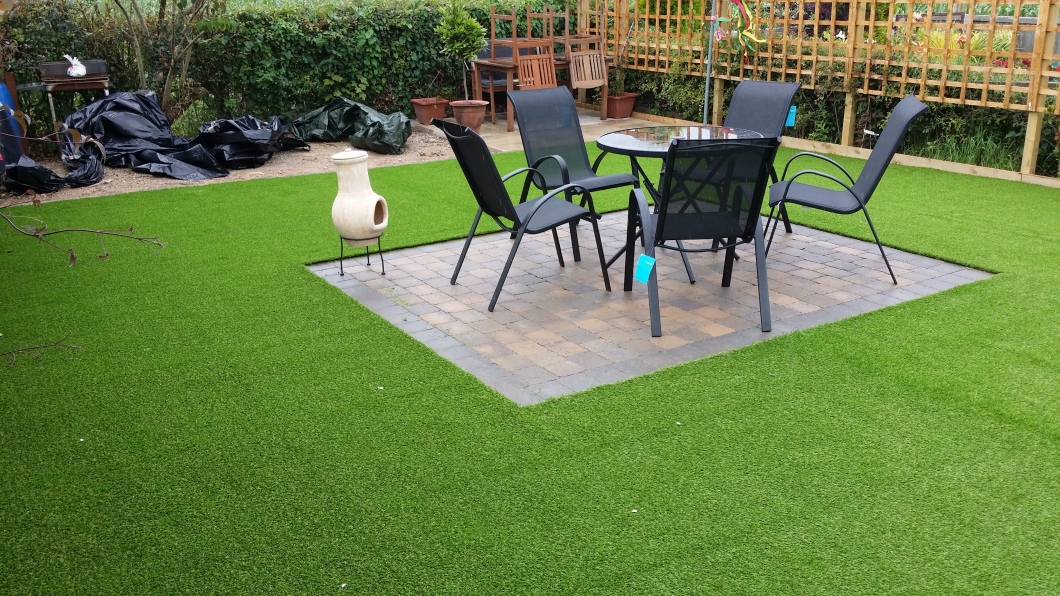There has been a steady growth in the demand for artificial grass over the past few years.
The trend can only be expected to grow, owing to improvements in the manufacturing process, overall quality, awareness and understanding of the product.
This is only expected to grow as there is constant building activity, which creates a demand for gardens, lawns, courts and more.

The reason for this increase in demand has been mostly due to the maintenance requirements of artificial grasses.
Artificial grass is incredibly advantageous when it comes to maintenance due to a number of factors, be it durability, lack of watering or fertilizer, etc.
However, there have been concerns raised about the growth of this sector by the environmentally conscious, who are of the belief that natural grasses are a lot better than something that is manufactured in a factory.
While such concerns are certainly having some basis to it, it’s not always the case. Artificial grasses might have certain downsides but at the same time, they also can be beneficial to the environment in certain ways.
Some of the main ways in which they can benefit the environment are:
1.) Water Consumption:
Water shortage is a major issue across the world.
While it might be an issue everywhere, it is certainly something to be concerned about in those places that are arid and drought prone.
For people who live in such regions, spending water for something like landscaping is almost anathema considering that they will have to use water for a whole lot of other purposes like bathing, cooking, cleaning, washing, etc.
This is where artificial grasses can prove to be of a great benefit. Since they don’t consume any water with the exception of the occasional wash up to clean them up, they can prov ide the same luxury of a grassy lawn without the water needs.
Also, it’s beneficial even in places where there isn’t any water shortage since it helps in water conservation.
2.) Zero Chemical Usage:
Live grass has a requirement for a lot of chemicals, be it fertilizers, pesticides, fungicides, weed killers and so on.
These can prove to be harmful to the environment, especially if they enter the food chain or water sources and have a disastrous effect on the local ecology andwildlife.
Artificial grasses don’t have any chemical usage needs, which prevents any harmful effects on the environment caused by chemicals.
3.) Recycling:
A lot of the artificial grasses being presently manufactured happens to be made from recycled materials.
This process of recycling in turn, has helped to eliminate a great deal of waste, including non- biodegradable waste, which would have otherwise entered landfills.
4.) Environmental Certifications:
Some of the grasses on the market even have environmental certifications which accredit them as being up to known regulatory building codes, such as LEED or ‘Leadership in Energy and Environmental Design’.
5.) Energy Savings:
A lot of energy is required for the periodic mowing of lawns if they are made of natural grasses. This can add up to the maintenance costs in terms of energy requirement.
Artificial grasses don’t have any need for mowing since they don’t grow and will last for a long time after the installation is done.
Artificial grasses certainly have criticisms regarding their environmental impact, but it’s necessary to see both sides of the issue.
When utilized properly and if adequate measures are undertaken, artificial grasses can prove to be a green construction practice in more than one ways. Click here for more detail www.grono.co.uk

